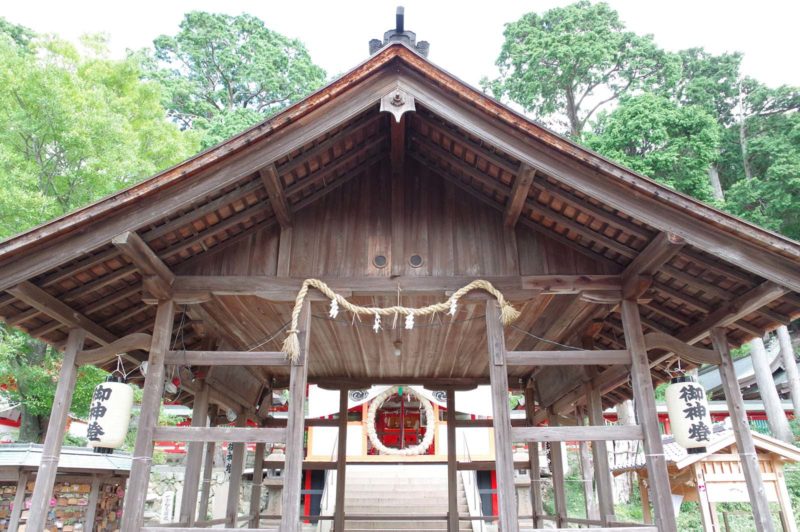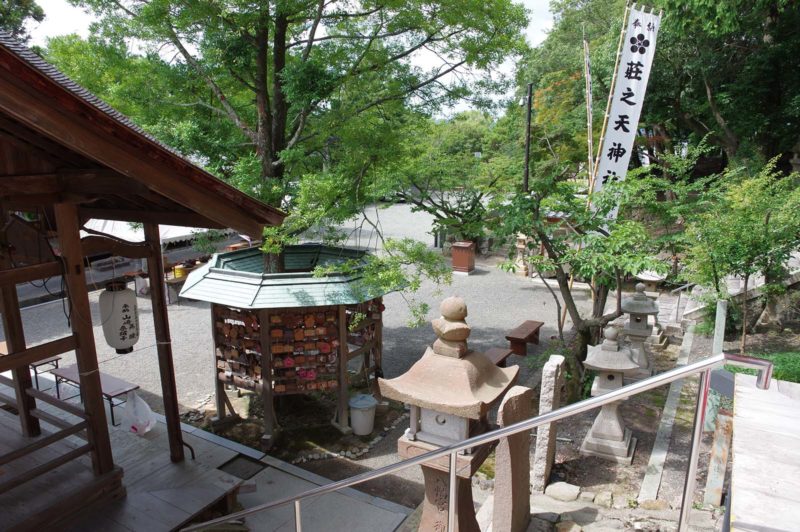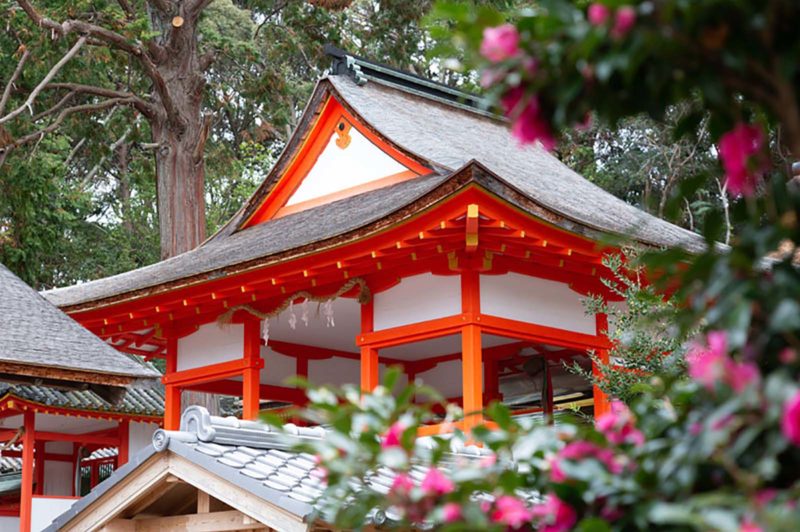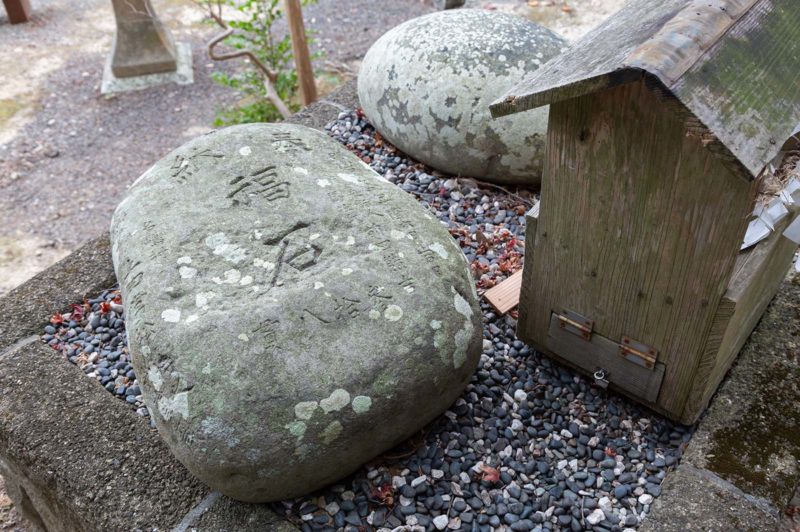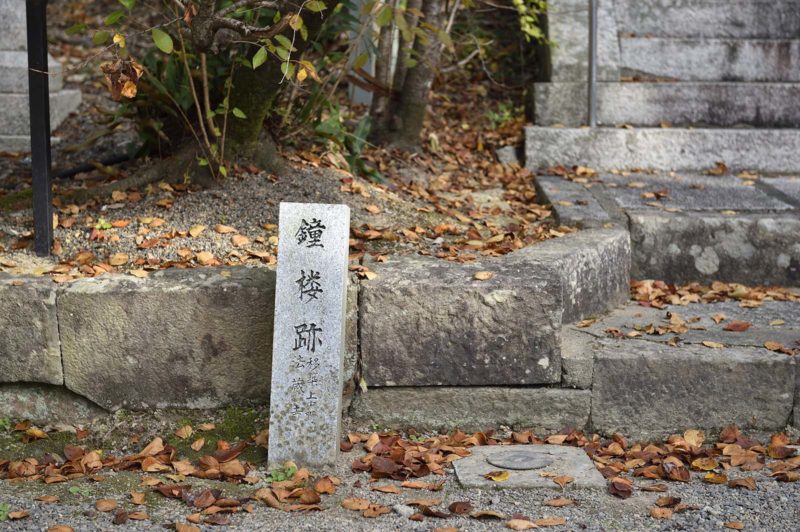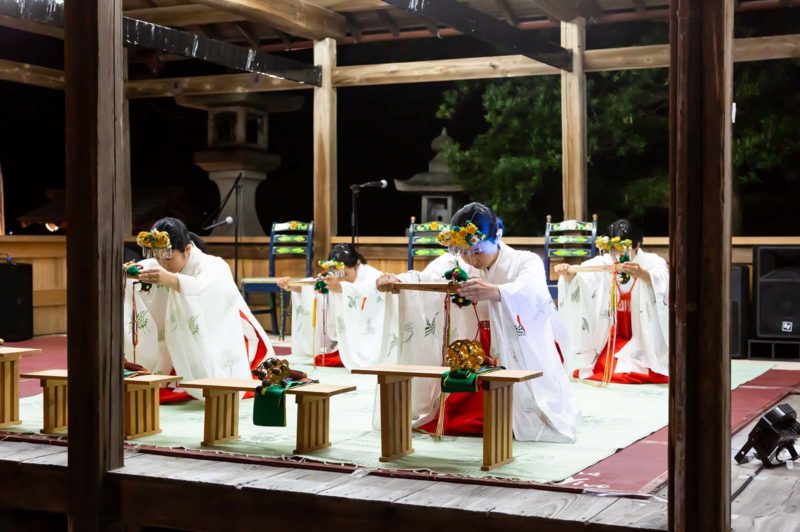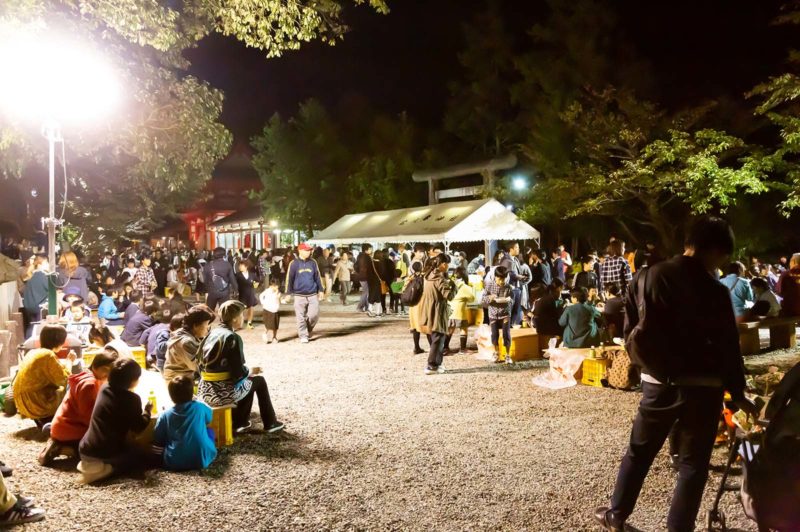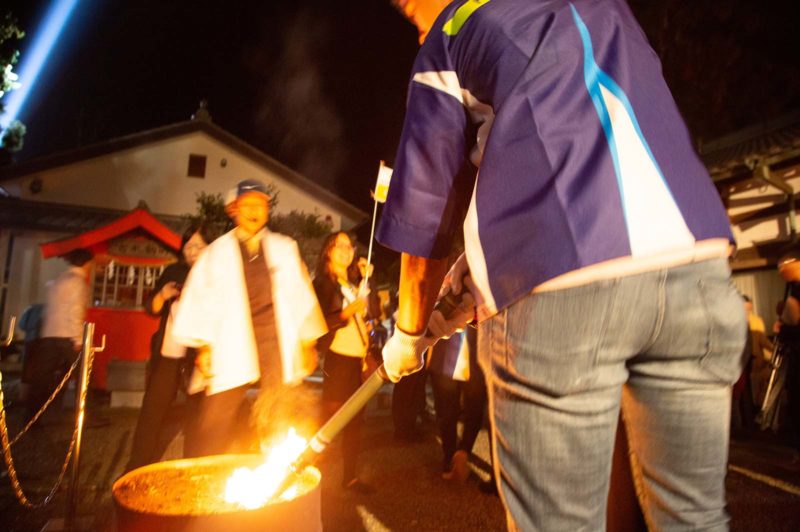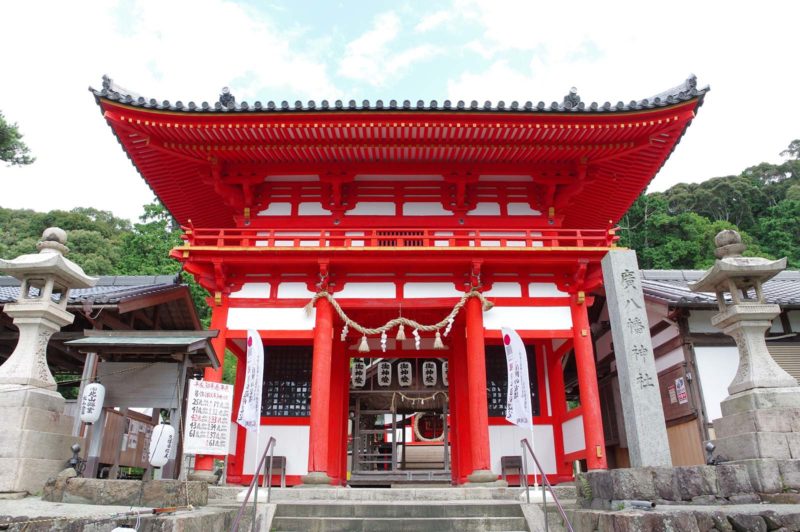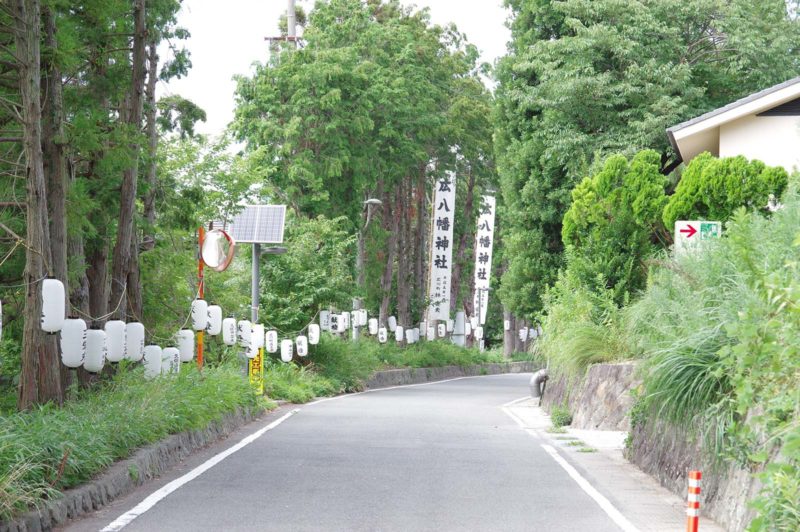Hamaguchi Goryo set fire to rice sheaves and temporarily evacuated the villagers to Hiro Hachiman-jinja Shrine where is in the hill when the tsunami occurred in 1854. It is inherited that the shrine was transferred from Kawachinokuni Konda Hachiman Shrine in the 6th century, Emperor Kimmei era. There are 6 national important property, including the main shrine which was built sangensya nagare-zukuri (architecture of three-bay wide structure) with Japanese cypress banks in Muromachi era. It is still designated as a tsunami evacuation site and tsunami evacuation facility was set up in 2013. On 5 November every year, evacuation drills are being held to Hiro Hachiman-jinja Shrine after the ceremony of “Tsunami Matsuri (festival)” held in Hirogawa Town on “World Tsunami Awareness Day”
■Hamaguchi Goryo’s feat related to this place
-
Hiromura Sugidan
In consideration of national defense, “Hiromura Sugidan”, which was a vigilance committee formed by Hamaguchi Goryo, helped people who suffered the disaster.
-
Inamura-no-Hi
In 1854, the late Edo period, the next day after the Tokai Earthquake occurred, the tsunami caused by the Nankai Earthquake hit Hiromura village (current Hirogawa Town). In this situation, Hamaguchi Goryo set fire to the rice sheaves, and made it a landmark to go up to the hill because he believed that some people do not know the way of escape in the darkness.
- Address
- 206 Kaminakano, Hirogawa Town, Arida-gun, Wakayama Prefecture Googlemap
- TEL
- 0737-62-2371
- Homepage
- http://hirohachimanjinja.or.jp/

